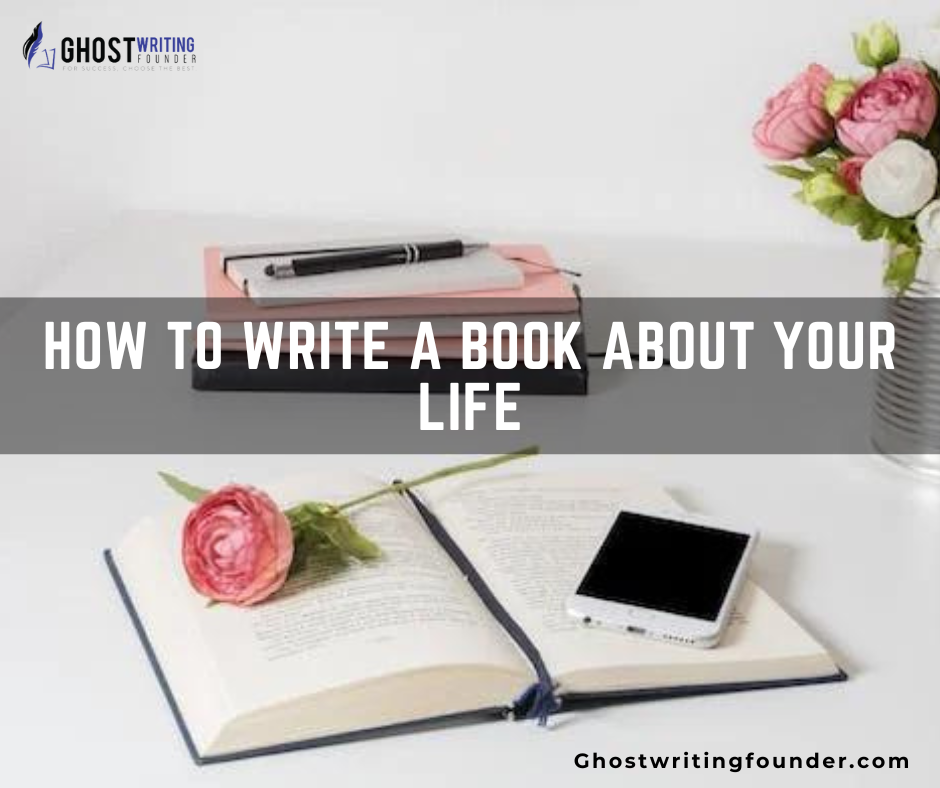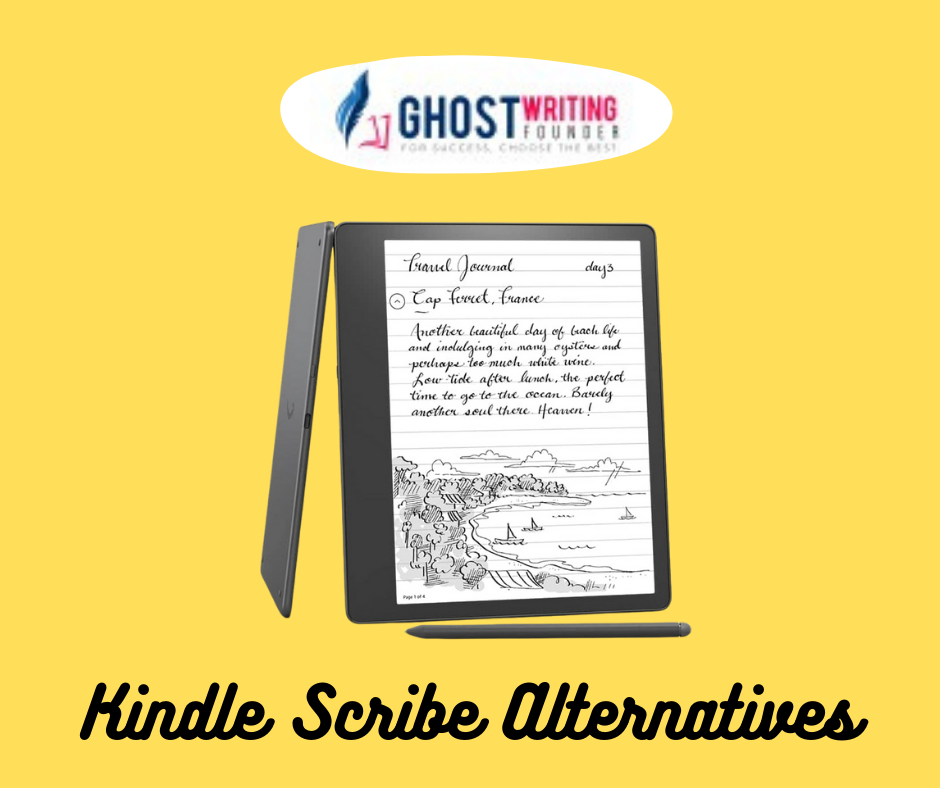
Writing
Are you planning to start business writing? Or your professor might have given you a new assignment? Whatever be the case, don’t worry! This blog post is an ultimate guide that will cover all your concerns regarding business writing. Likewise, it discusses a writing checklist for your considerations.
What is Business Writing?
Business writing is a type of writing that conveys a communicative piece of information in a professional setting. The three main elements of business writings are: clear, concise, and consistent. At the same time, it can be further categorized into four types: instructional, informational, persuasive, and conversational type. It follows all the conventions of writing. Read further for the writing checklist.
The only difference in business writing is that the audience is knowledgeable and professional.
Therefore, voice and tone accuracy matters a lot in it. Likewise, business writing needs to be persuasive yet accurate because of the legal aspect of writing. Making a mistake in business writing may mean losing your thousands worth dollar business. You must have heard about the million-dollar oxford comma lawsuit story.
For the sake of passing remarks, a company lost its $5 million to the drivers because of a misplaced comma in Portland. Here’s the small brief:
The issue raised was due to the last comma in the first sentence: “packing for shipment or distribution of.” The court gave the final verdict in favor of the drivers because the statement was not clear. The court claimed that the law exempted the distribution of the three categories that followed or just exempted packing for the shipment and distribution. If there were a comma after the word “shipment,” it would have changed the sentence’s complete sense.
Types of Business Writing:
Different types of business writing are:
Instructional Writing:
This type of business writing shows the step-by-step process of a business, product, or service. However, It directs the readers to an educative piece, idea, or concept. It has an educational purpose. It provides specific details for solving a potential problem. Manuals, user guides, memos, technical documents are some of its types.
Informational Writing:
This type of writing informs the readers regarding a certain project, product, or service. It helps the readers comply with the rules and regulations that they might need to follow. Company history, white papers, report writing, financial statements fall in this category of business writing.
Persuasive Writing:
The main purpose of persuasive writing is to convince the readers about a certain fact, truth, product, or service. It is mostly done for sales and marketing purposes. Think of an advert you saw last time about a product. The script was targeted for you to buy the product and increase the sales of the business. Think of the proposals, advertisements, press releases, news, sales emails, coupons, and business eBooks as a form of persuasive business writing.
Conversational Writing:
It is usually referred to as transactional writing. It is one of the biggest business writing categories that included all the communication elements, both formal and informal, between the employees and the employer, colleagues and the partners, between the customers and the company. Such as resume, offer letter, termination letter, emails, invoices, and day to day correspondence and business emails.
The Writing checklist for Business Writing:
Writing takes time. It’s a continuous process of creation and deletion of ideas, thoughts, and words for the sake of clear, effective, and concise communication. You need to have your writing checked through several ways to create an engaging and readable piece for your readers. If you want to write for business purposes, then ensure these elements are present in your business writing. This writing checklist is not extensive, but it will surely help you communicate your ideas clearly and effectively.
Writing checklist: Ideation
Before you start writing for the business and professional world, know your purpose. Prepare a plan, and make pointers for what is to be communicated. The more clarity you have in your thoughts, the better you will portray them through words. Ask yourself:
• What’s the idea? Write a first rough draft if need be, and refine it later.
• What is the theme of your communication? Most of the time, we drag the conversation aimlessly that becomes hard to refer back to our main topic. Define the theme of communication.
• Are you able to see from the readers’ perspective? If you cannot realize the readers’ needs and concerns, then there are chances that your readers might not feel connected to what you are saying.
Writing checklist: Need Analysis
Need analysis is important for diagnosing the problem and highlighting the main concerns of the readers. The more definite and elaborative your need analysis, the better you will fill out the knowledge gaps in your written piece of communication.
• Check what you are writing about is important?
• What you are saying is a mere repetition of what you are saying needed to listen by the audience?
• What is the readers pain points?
• What is that your readers want, and is it justified through your text?
Writing checklist: Avoid Jargon.
During your ideation of the first draft, seek to understand if you have used any complicated and technical words that your readers might not know of? If you can locate them, replace them with simpler and concrete words. Ask yourself:
• Is this an industry-specific word? If yes, change it to a known word.
• Have you defined the key term? There are times jargons cannot be avoided, but if you are using one, ensure that you provide its definition and what it is meant by it in the document.
• Can an 8th grader understand and explain this word? If not, then the chances are that your readers might have to open up a dictionary to look up the word. Replace, or avoid using that word if your answer is in Yes.
Writing checklist: Target Audience
Your main audience is the one for whom you are communicating your piece. Understand the readers’ and customers’ intentions when writing your piece of communication. Ask yourself:
• Will this piece will help solve my target audience’s problems or answer their concerns?
• however, Do my piece captures and understand the mood of my audience?
• Will this piece can be converted into actionable content?
Writing checklist: Strengths
To create engaging content for your readers, use your content strengths. What’s content strength? In my vocabulary, it’s motivated, simple, connected, including interesting questions. Use these elements in your writing, and you will notice clarity in your work. Ask Yourself:
• Can I shorten my sentences? If yes, do it immediately.
• Have I mentioned the heading and subheadings in the content?
• Is my content easy to read?
• Also do my paragraphs are coherent and connected?
• Have I added enough bullet points to summarize the whole concept?
Writing checklist: Clarity
Effective business writing is clear. There are multiple ways to clarify your sentences, such as starting your topic with the readers’ pain point. Or beginning with a subject that your readers already know. Use transitional words, make your writing consistent, and avoid using complex words. Likewise, pay special attention to punctuation’s and grammar. Ask yourself:
• Have I avoided confusing words?
• Am I using clear pronouns referring to the nouns?
• Is my write-up run smoothly and inflow?
• Can I say the same thing in an active sentence rather than in a passive sentence?
• Have I been successful in avoiding jargon and complicated words?
• Is my writing consistent throughout the text?
Writing checklist: simplicity
Shakespeare wasn’t lying when he said, “Brevity is the soul of the wit” the more you become proficient in communication, the lesser and effective you speak. Here I want to add, powerful too. Therefore, cut through all the fluff and clutter, write simple and concise. When you can write simple, you also make less grammar and spelling mistakes. Make your every word count in whatever you say. Ask yourself:
• Are redundant words avoided?
• Are my negatives \changed into an affirmative tone?
• Have I avoided the run-on sentences?
• Have I avoided filler words like as, if, then, up, umm?
• Have I avoided contraction in formal business writing?
Writing checklist: References
Your business writing becomes more authentic and credible when you cite different sources in your business writing content. Providing references in your writing increase the trust of the readers. Likewise, you can put forward a strong argument when you properly refer to a credible figure. This shows that you have done your research homework, and you are eligible to talk on the subject. Ask Yourself:
• Are my statistics accurate and cited from credible resources?
• Are my facts based on truth?
• Am I making plagiarism mistakes by not providing a proper reference?
• Have I given credit to the original author?
Essential Elements and Detailed Insights
| Element | Explanation | Practical Application |
|---|---|---|
| Purpose of Business Writing | Focused on professional, communicative information exchange. | Identify the aim of your writing to ensure relevance and effectiveness. |
| Types of Business Writing | Includes instructional, informational, persuasive, and conversational writing. | Tailor your style to the type of writing: instructional for guides, persuasive for sales, etc. |
| Importance of Clarity | Essential for avoiding misinterpretations; exemplified by the million-dollar comma lawsuit. | Use simple, clear language to prevent misunderstandings and legal issues. |
| Audience Understanding | Business writing targets a knowledgeable, professional audience. | Analyze your audience to align your writing with their expertise and expectations. |
| Writing Process | Involves ideation, need analysis, avoiding jargon, and targeting the audience. | Follow this process to ensure your writing is clear, relevant, and accessible. |
| Content Strengths | Includes clarity, simplicity, and coherence in writing. | Utilize these strengths to make your writing more engaging and effective. |
| Editing and Proofreading | Crucial final steps to refine and perfect business writing. | Regularly revise and proofread to eliminate errors and improve clarity. |
Writing checklist: Editing and proofreading
Last but not least, check your work. If need be, edit, revise, rework, and rewrite it. The more you will edit and refine your work, the greater your content will become. Editing helps you create an effective, thought-provoking, and solid write up. Ask Yourself:
• Do my words make sense, or they need to be changed?
• Can I rewrite this sentence differently?
• Is my work ready to be shared with the world?
• Are there any grammar, spelling, or punctuation mistakes? If yes, edit and edit until it is ready and refined.
Wrap Up:
If you liked this business writing checklist, let us know which one of the following points you find most useful!









Leave a Reply